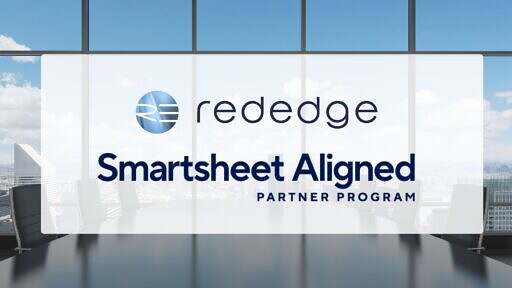

1. start from the business strategy
1. start from the business strategy
Start by defining what business objectives the ERP investment will support. Is the focus growth, cost efficiency, scalability or compliance? ERP should not be an IT project - it should be a tool to achieve business strategic goals.
2. map processes and needs
2. map processes and needs
Document the current state and desired state of core processes (e.g. order-to-cash, procure-to-pay, planning, reporting, etc.). Identify gaps, automation potential and critical requirements - functional and technical. Set goals for how much better you want to become in each process.
3. ensure technical and organisational fit
3. ensure technical and organisational fit
Assess which ERP architecture suits you best: standardised SaaS, modular, industry-specific or hybrid. Weigh in on factors such as ease of use (but be more specific than that), integrations, data model and future development capabilities. Consider whether your data needs to be preserved within the EU as this will be an important parameter in choosing a system.
4. Compare the whole - not just features
4. Compare the whole - not just features
Evaluate the supplier's stability, partner network, support model, total cost of ownership (TCO), as well as the system supplier's experience in your industry. If necessary, take references from the supplier's other customers.
5. Prepare the organisation
5. Prepare the organisation
The right system can go wrong if the change is not embedded. Have a plan for governance, change management and resource allocation already before the procurement. Read more about it here about the steps to prepare.
Conclusion
Conclusion
A successful ERP selection requires a structured choice based on business objectives, process requirements and implementation capabilities. Think long-term, choose pragmatically and put business - not technology - at the centre.









